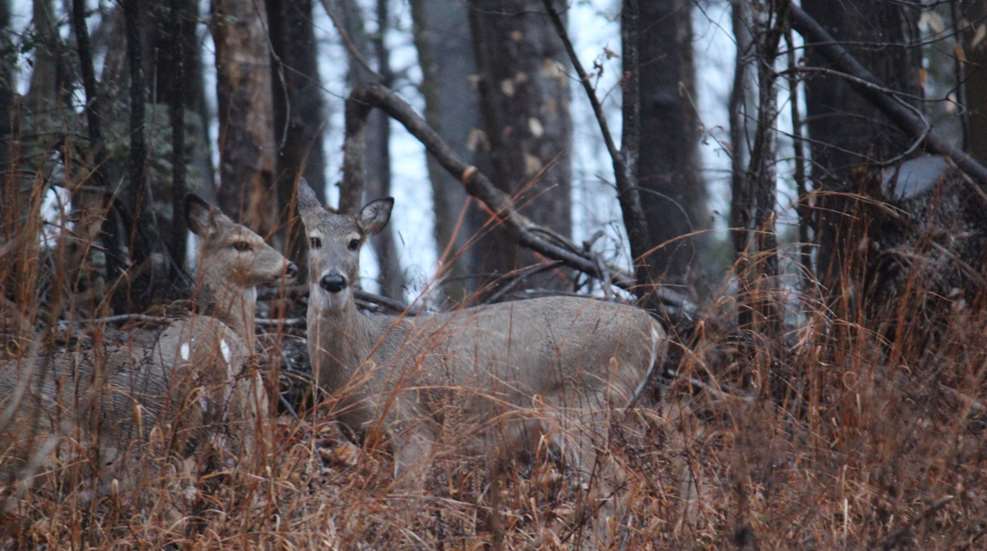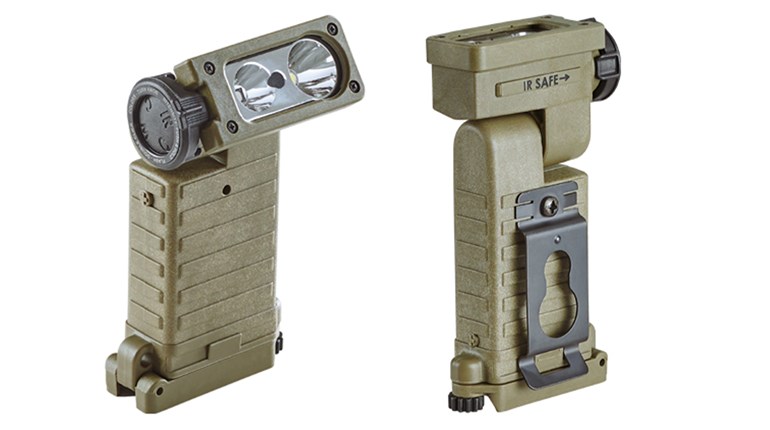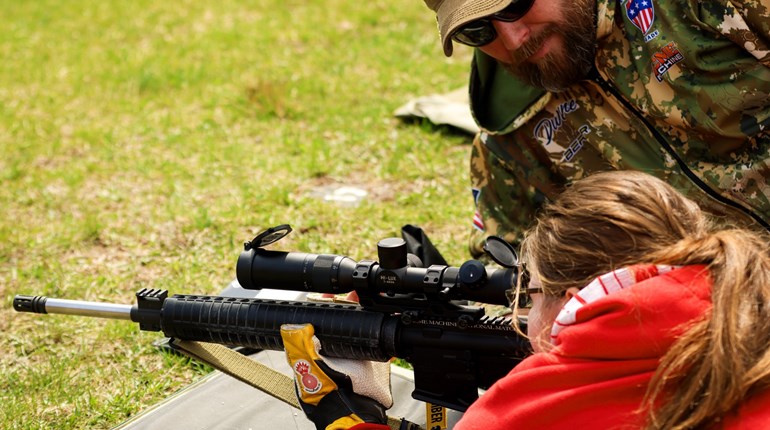
If you hunt long enough, you will end up in a stare down with your quarry. It will either end with you being busted and the animal bounding away, or dinner in the freezer. Here are five tips to help ensure the latter!
Freeze!
The first thing to do when you have an animal you are hunting looking straight at you is to resist the urge to move. By the time an animal is staring you down, it is on already on high alert and has survival instincts kicking in. Often, it’s waiting for you to make the next move to determine its next move.
After hunting extensively for 40-plus years, I have often found that if an animal has not already run for the hills, it is not 100% sure you are a threat, but it is sizing up the potential threat. So, don’t even blink. Just sit still as you can and breathe slowly and quietly.
“How long should I do this?” you ask. As long as it takes. I primarily hunt small game, wild turkey and whitetail deer. The latter two have held me in statue form for as long as 15 minutes. That may not sound long to some, but 15 seconds can be an eternity if you are in the midst of shifting or moving or if your gun is not resting on your knee or another rest.
Use your peripheral vision.
Earlier I mentioned not even blinking. That is strongly recommended, particularly if the animal is fairly close. Any movement is quickly picked up by the animals and deciphered as “RUN!”
In fact, if I am caught and cannot move, I also try hard not to look directly at the animal. There is something about looking right at an animal that unnerves them. I do not know if they can better sense the danger or what, but over the years my anecdotal experiences have shown that if I slowly, and I mean SLOWLY, shift my eyes just a little off center of the animal and use my peripheral vision, they will sometimes relax in a few minutes. Using peripheral vision is also helpful in the next tip.
Consider your surroundings.
Recently, this tip saved me from blowing my newly found ambush site. I was sitting on a logging trail and was watching what I thought would be a deer crossing. A deer surprised me by scooting across as I was looking through the scope, but not quite ready to pull the trigger. I started to come off the Savage slug gun, but decided instead to scan with my eyes and then scan through the scope. I am so glad I did. A small doe was peering out from the brush where the first deer had jolted across the path and was looking in my direction, probably because it caught movement when I shifted the gun trying to track the first deer. Not moving kept me from being totally busted and I will hunt that spot again in two days.
Look all around before moving. Many eyes may be present watching. If you ever pay attention to groups of animals feeding, you’ll notice that one of them is always responsible for playing lookout and by some code, they take turns on cue watching their surroundings. So, before you move when you see one animal, check the immediate area for others that may be taking a turn playing security!
Watch animal body language.
Animals give themselves away. An animal that exhibits tense body language is about to bolt. If an animal appears to be feeding, wait and let them be relaxed for a minute or two. Deer have a funny habit of faking relaxation. They will put their head down and nibble and then without warning, seconds later, even if you never moved, snap their head up. Sometimes if they are really suspicious, they will start stamping their hooves to try to force you to react. Try not to laugh or smile. Just sit tight. Let them totally move on to eating or feeding.
Wait for an animal to get behind a tree.
If you see an animal that is in range and suspicious of you or your position, use the terrain to bump up your odds. Scan ahead of the animal and see what will come between you and the animal if they continue in the direction that they are traveling. Be it a tree, rock, post or bush, use it to your advantage! When their head gets behind it, move to a shooting position.
When making a move, do so smoothly.
When you either have to make a move or you feel it is time to get the gun into position, do so in a smooth, steady, but not super-fast movement. Don’t frantically swing on them. Don’t jerk the gun. Move in a way that may get their attention, but in a way to cause them to wonder, “What is that moving so steady and casually over there?” Animals are fast and if you try to move faster than them, you will lose. Move confidently enough that they hesitate, which buys you precious seconds.
This season when you are caught in a staring contest with your next meal, use these tips to get the jump on them and put the odds more in your favor!






































